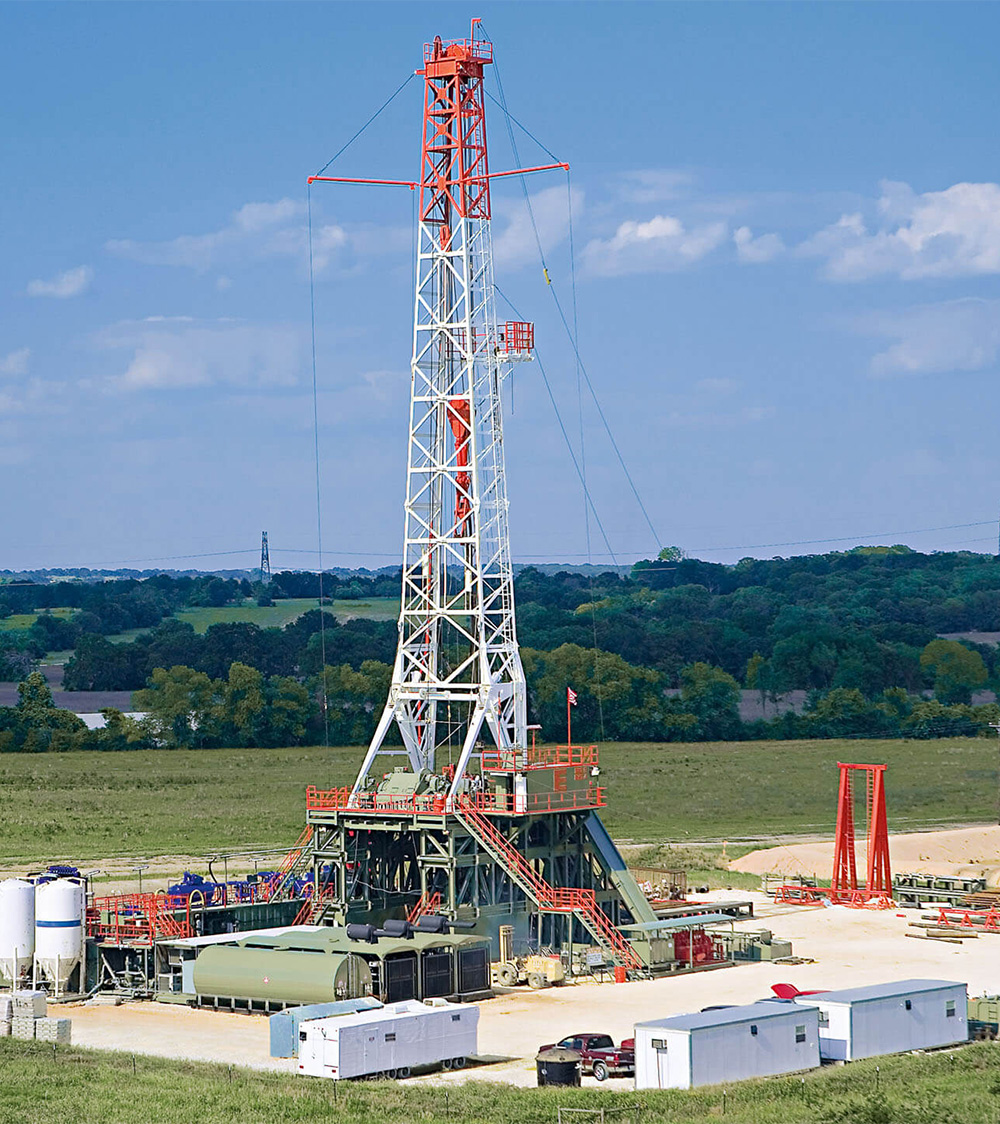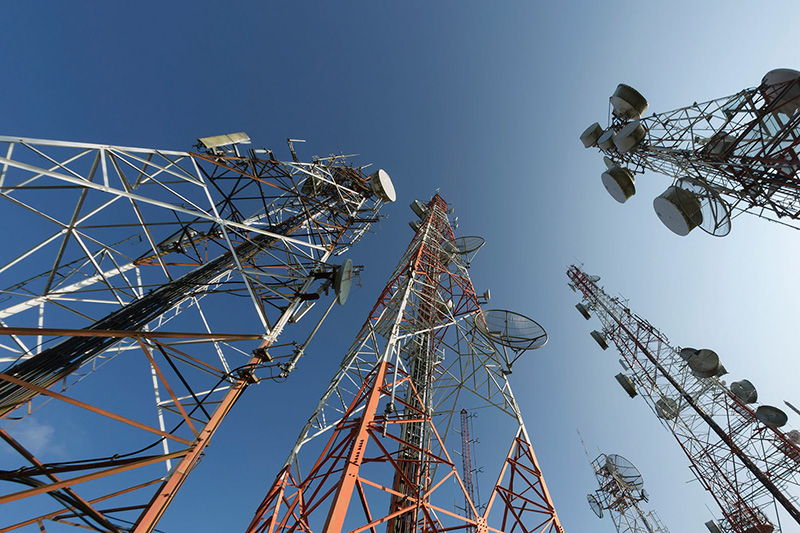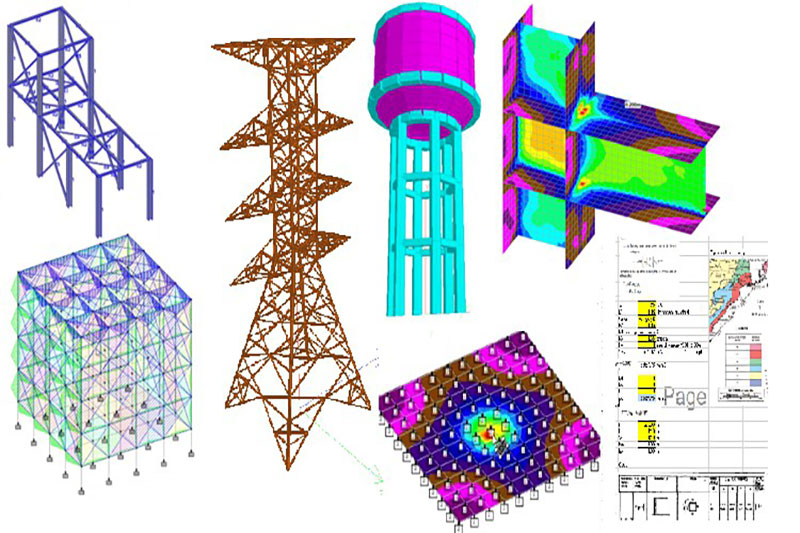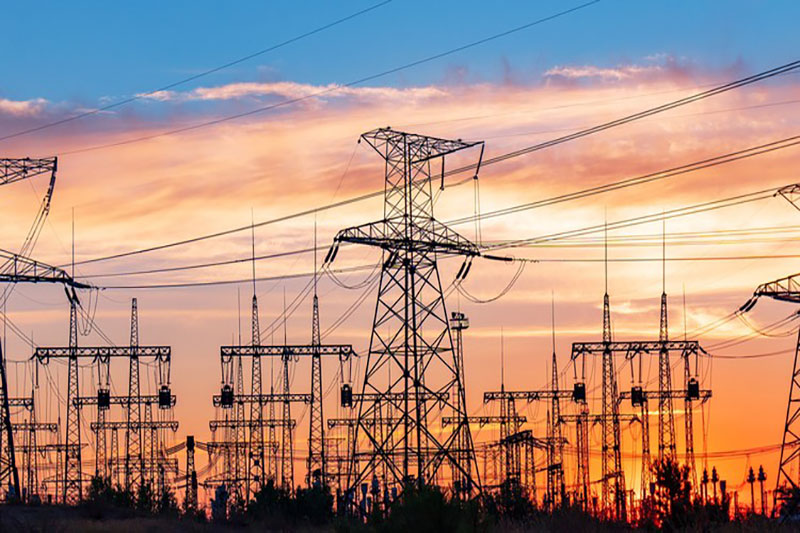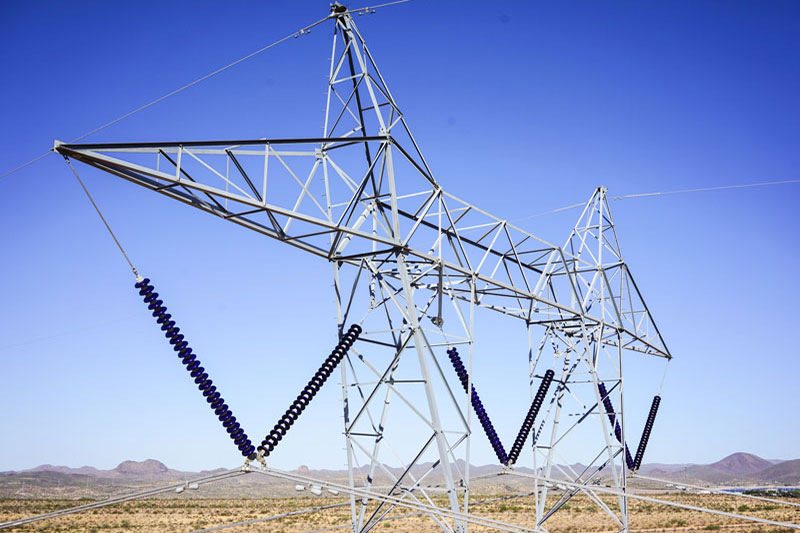Towers are tall structures that are designed to support antennas, communication equipment, or transmission lines. They are commonly used in telecommunications, broadcasting, and power transmission industries. Two of the most common types of towers are guyed towers and self-supporting towers. In this article, we will discuss the difference between these two types of towers, their advantages, disadvantages, and their applications.
Self-Supporting Tower:
A self-supporting tower, also known as a free-standing tower, is a tower that does not require external support to stand upright. This type of tower is designed to be self-sufficient and able to withstand its own weight and the weight of the equipment it supports. Self-supporting towers are commonly used in areas where there is limited space or where it is not possible to use guy wires for support.
Advantages:
The main advantage of self-supporting towers is that they do not require guy wires or external support, which means they can be installed in areas with limited space or where guy wires are not possible. Self-supporting towers are also easier to maintain and repair since they do not require the same level of maintenance as guyed towers. Additionally, self-supporting towers are often more aesthetically pleasing since they do not have guy wires that can obstruct the view.
Disadvantages:
The main disadvantage of self-supporting towers is that they require a larger foundation and require more materials to build. Self-supporting towers also tend to be more expensive than guyed towers due to the increased amount of materials required for construction. Additionally, self-supporting towers are less flexible than guyed towers since they cannot be adjusted or modified once they are installed.
Applications:
Self-supporting towers are commonly used in urban areas, rooftop installations, and locations where there is limited space or where guy wires are not possible. Self-supporting towers are also used in applications where aesthetics are important, such as in residential areas or tourist attractions.
Guyed Tower:
A guyed tower, also known as a guy-wire-supported tower, is a tower that is supported by a system of guy wires. Guyed towers consist of a central mast or pole that is supported by several guy wires that are anchored to the ground. Guyed towers are commonly used in areas where there is a lot of space, such as in rural areas or open fields.
Advantages:
The main advantage of guyed towers is that they require less material to build and are less expensive than self-supporting towers. Guyed towers also require less space for the foundation, which makes them more suitable for rural areas. Additionally, guyed towers are more flexible than self-supporting towers since they can be adjusted or modified after they are installed.
Disadvantages:
The main disadvantage of guyed towers is that they require guy wires, which can be unsightly and may obstruct the view. Guy wires also require regular maintenance and inspection to ensure that they are in good condition and properly tensioned. Guyed towers also require more maintenance and repair than self-supporting towers due to the presence of guy wires.
Applications:
Guyed towers are commonly used in rural areas, where there is plenty of space, and where guy wires are not a problem. Guyed towers are also used in applications where the tower needs to be taller than a self-supporting tower, such as in broadcasting or power transmission.

